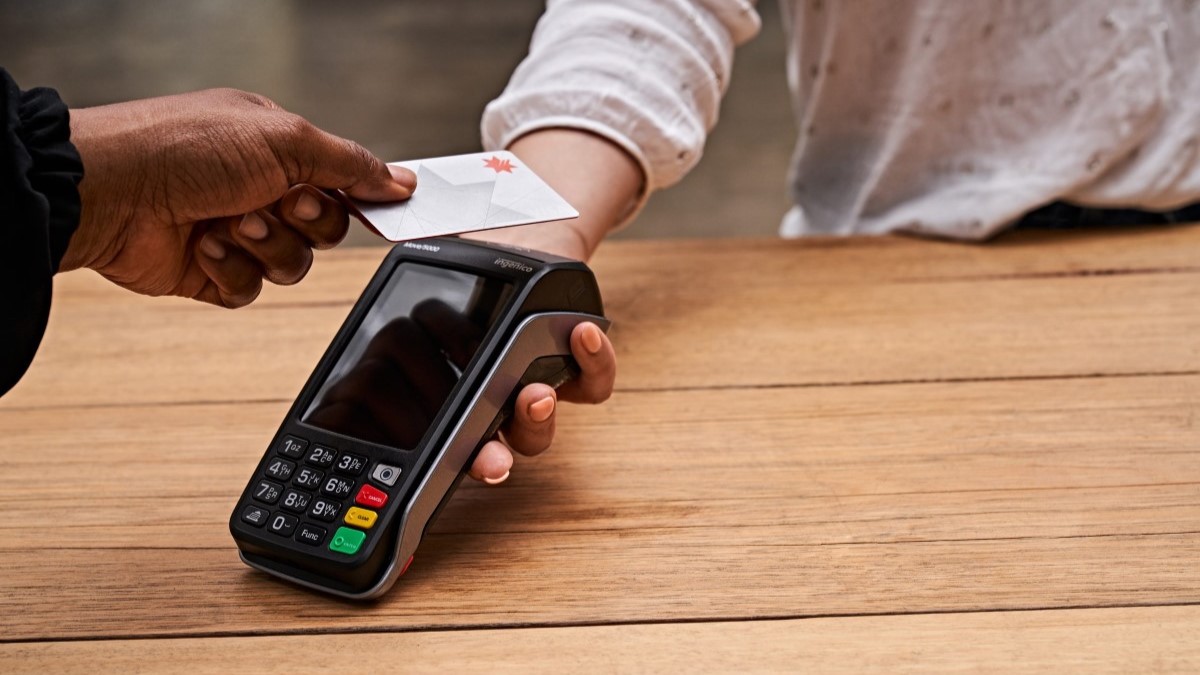But don’t fret - there are some things you can do to make paying bills just that little bit easier.
Setting up automated payments can be a good way to pay your regular bills such as your phone bill and subscriptions without all the headaches and hassles of remembering when your expenses are due.
If you’re thinking about switching some of your bills to automatic payments, you may be wondering how it works and whether it’ll benefit you in the long run.
What is an automated payment?
An automated bill payment is exactly what it sounds like. It’s a scheduled electronic transfer of money to pay a bill from your bank or credit card account to a vendor, biller, or merchant. The amount due for payment is collected by the biller automatically according to the set payment schedule.
It’s essentially an easy way of making payments without you having to lift a finger. A true “set it and forget it” system.
You can authorise automated payments to be made using your credit card, debit card, savings account, or checking account.
The great thing about automated payments is that they can be used to pay numerous types of bills such as:
-
Rates
-
Power
-
Phone bills
-
Mortgage
-
Streaming subscriptions
-
Credit card bills
-
Insurance (home/car)
If you’re ready to hop onto the automated payments bandwagon, be sure to check whether your billers offer this feature.
How do automated payments work?
Automatic bill payments use electronic fund transfers (EFT) to move money from one account to another via a computer-based system. In other words, it sends the money from your account to the biller.
Automatic payments are generally set up online or through a mobile application, while some billers may offer autopay setups via phone or mail.
A customer can schedule an automated payment via their bank/financial institution or their biller/vendor.
When you set up automatic payments through your bank, this process offers you the lead by scheduling the transfer of money from your account to pay a biller. To get started, you add the payee’s account information, add how much to pay them, and schedule a reoccurring time.
Whereas when you schedule automatic payments through a biller, you’re authorising the biller to take money out of your account to pay a bill. With this method, you will need to provide bank account details or your debit/credit card number.
After you’re all done setting up, you can be sure that your recurring bill payments will be made on the scheduled times.
Remember, if at any point you need to stop or reschedule your automatic payments, this can be done by checking your online banking portal, contacting your lender, or contacting your biller/service provider.
The pros and cons of automatic bill payments
Like anything, there are both advantages and disadvantages to automatic bill payments.
By analysing the pros and cons, you’ll have the chance to make an informed decision about whether putting your bills on autopilot is the right move.
Pros
Convenient
As previously stated, autopayments are a “set and forget” system that takes the stress out of remembering when your payments are due.
Catherine Mapusua, head of lending at digital lending and payments provider WLTH, said automatic bill payments remove the onus of remembering to pay and actually serves as a time-saving feature.
“Setting aside the cash and remembering to pay the bills are most of the hard work done, yet going in to actually pay these bills can be unexpectedly tedious, especially if you have multiple going out at once,” Ms Mapusua told Savings.com.au.
“Automated payments removes the need to remember the amount that needs to be paid and to who.”
Additionally, there is some sense of relief knowing exactly when the payment comes out every week/month/year.
Helps prevent late payments
Always forgetting when bills are due? Automatic payments remember for you. As long as you have enough money in your account to cover your bills, your payments will always be paid on time without any penalty fees incurred.
You can possibly save money
Paying a bill late usually leads to some sort of late fees or penalties - this is completely avoided with autopay.
“Late fees are an extra unexpected expense that people on a tight budget do not want to incur, and setting up automated payments helps eliminate that exact problem,” Ms Mapusua said.
You can avoid damage to your credit score
Because automatic payments prevent you from missing payments, you may subsequently improve your credit score over time.
“Lenders need to know if a borrower is able to consistently pay their bills and recurring payments. Having a long history of on-time payments can improve your chances of successfully applying for a loan,” Ms Mapusua said.
Cons
Risk of fees/penalties
If your account has insufficient funds when an automatic payment comes out, you’re at risk of incurring overdraft or steep fees.
“Automated, transferred funds may take a few days to clear and enter the organisation’s accounts. If the money doesn’t clear before the bill due date then late fees may be incurred,” Ms Mapusua said.
To avoid this, it’s best to keep an eye out on your balances.
Overspending
By placing your bills on autopilot, you may subject yourself to overspending as the system can encourage you to be more “hands-off” with your money.
Can influence forgetfulness
If you’ve stopped using a service (e.g. entertainment subscription) but have forgotten you have autopay set up, you may still be charged.
Lose track
The whole point of an automatic payment is to never have to worry about it, but as Ms Mapusua explained, it can act as a double-edged sword.
“Out of sight and out of mind is not always advantageous when it comes to expenses and finances in general. Having to manually pay these bills regularly can help us keep more in touch with our money,” she said.
With automatic payments, it can be easy to forget what’s coming out when and exactly how much which can lead to unnoticed billing errors.
When do automatic bill payments not make sense?
Automatic bill payments aren’t for everyone.
Maybe you just don’t want to feel a loss of control over your spending, or maybe you have irregular income each month.
Here are a few situations where automatic bill payments probably aren’t the best option.
You’re paid irregularly
When you’re a freelancer or self-employed, your payments don’t come in at the same time.
“Those working full-time with a predictable income are usually able to handle recurring payments,” Ms Mapusua explained.
“However casual or part-time employees may need to think twice about automatic bill payments and managing the amount of subscriptions in general.”
In this case, autopay may not be the best choice as you may have insufficient funds in your account when the time comes for your bill to be paid.
You’ve lost your job
Without a job you don’t have a steady paycheck, which means you don’t have regular income coming in like you used to. Opting out of automated payments is a good option if you’re in this situation to avoid overdrawing your account.
You want to take control
Like I said, some people like to have control over their spending and finances which is “A Okay.” If this sounds like you, then automated payments may not be the right choice.
Tips when using automated payment methods
Having automated payments doesn't necessarily mean you should put them on the back burner.
To keep up-to-date with your outgoing bills, you may want to make a note of which payments are coming out when. This could include setting up two types of calendar alerts: one in advance of your bill due dates so you know you have enough money to cover the bill, and the other on the actual due date.
“If you elect to use automated payments to pay your bills, you should still be aware of each transaction going out of your account,” Ms Mapusua said.
“Set up notifications on your phone to alert you of every payment, so you remain in control of your own personal finances.
“Always be aware of your bank balance to ensure you always have sufficient funds - adjust your budget if need be so you don’t overdraw your account.”
Another top tip when using automated payments is to always check your statements carefully. You never know if or when something may be charged incorrectly or at a higher rate than you initially thought.
Savings.com.au’s two cents
Have you been quietly setting up automated bill payments while you’ve been reading this article?
Or are you still weighing up the pros and cons?
For those of you that are still on the fence about automatic bill payments, top finance book “The Automatic Millionaire” by David Bach goes through the importance of setting up automatic payments if you fancy reading more information on the banking feature available to you.
Image by Pixabay via Pexels



 Harrison Astbury
Harrison Astbury
 Denise Raward
Denise Raward